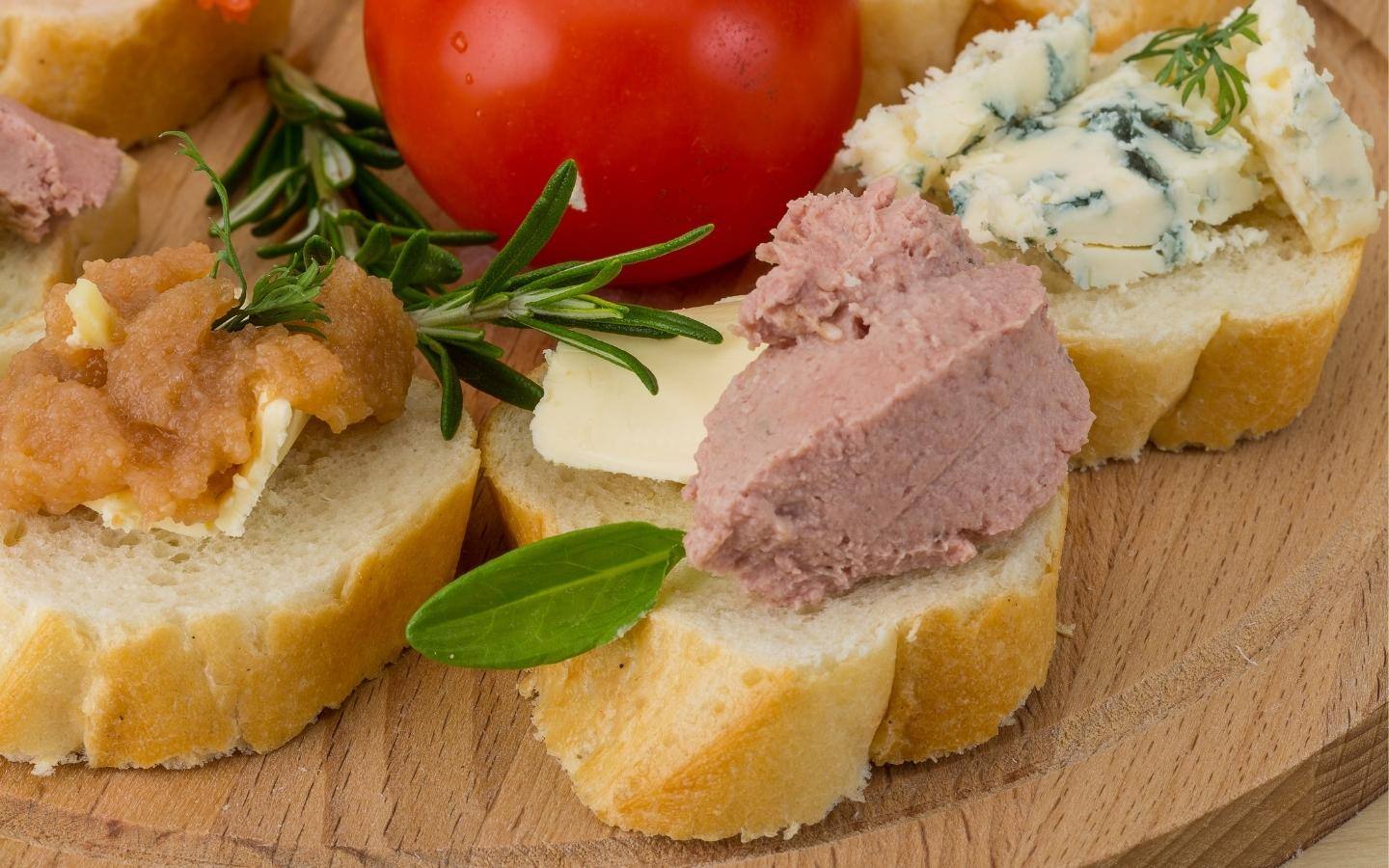The Lowdown on Safely Cooking Livers

The Lowdown on Safely Cooking Livers
Livers are delicious, packed with nutrients, and an absolute game-changer when cooked right. But here’s the catch: if you don’t handle and cook them properly, they can turn into a food safety ‘mare. We’re talking about nasty bacteria like Campylobacter and Salmonella, which can crash your restaurant faster than you can say “undercooked pâté.”
So, how do you enjoy your livers without playing Russian roulette with your customers' gut health? Let’s break it down.
What’s the Issue?
Livers (and other offal) can carry some seriously unpleasant bacteria. Unlike whole cuts of meat, livers are highly porous, meaning bacteria can be spread throughout the tissue—not just chilling on the surface like with a steak. That means a quick sear won’t cut it—you need to cook them through properly to avoid foodborne illness.
Campylobacter, in particular, is the usual suspect when it comes to food poisoning from livers. It’s responsible for thousands of cases of foodborne illness each year across Australia and New Zealand, causing everything from nasty stomach cramps to full-blown food poisoning that can knock you out for days.
How Can I Tell if My Chicken Livers Are Contaminated?
Here’s the fun part: you can’t. Contaminated livers look, smell, and feel exactly the same as safe ones. There’s no magical “bad liver detector” (unfortunately), which means you should always assume raw livers are contaminated and handle them accordingly.
That doesn’t mean you need to fear them for your restaurant or cafe—just respect them. Treat them like a biohazard until they’ve been thoroughly cooked.
What Can Go Wrong (and How to Avoid Disaster)
Let’s look at a few ways things can go south when dealing with livers:
1. The Undercooked Pâté Disaster
Some people love their pâté a little pink in the middle. We get it—it’s creamy, rich, and silky. But here’s the deal: pâté made with undercooked livers can harbour Campylobacter and Salmonella. If you’re serving it up, congratulations—you’ve just given all your customers a front-row ticket to food-poisoning town.
How to prevent it:
- Fry the livers and then finish cooking them in a water bath.
- Use a thermometer and check the thickest part of the liver - it needs to reach a temperature of 65°C for 15 minutes, or 70°C for 3 minutes, or 75°C for 30 seconds.
- No shortcuts, no “but it looks cooked.” Then, blend up and serve, knowing you’re not ruining anybody’s week!
2. The “Oops, I Touched Raw Liver and Now My Salad’s Contaminated” Scenario
Cross-contamination is one of the easiest ways to turn a perfectly safe meal into a bacteria-fueled nightmare. If you touch raw livers and then grab a piece of bread—you’ve just cross-contaminated your food.
How to prevent it:
- Wash your hands thoroughly after handling raw livers.
- Keep raw livers separate from ready-to-eat foods (no mixing knives, cutting boards, or plates).
- Use dedicated chopping boards for raw meat and sanitise them properly after use.
3. The “Livers Sat Out on the Bench for an Hour” Situation
Livers are highly perishable, meaning they don’t like hanging out at room temperature. Leaving them out for too long is like rolling out a red carpet for bacteria to multiply.
How to prevent it:
- Keep livers chilled below 5°C until you’re ready to cook them.
- If defrosting frozen livers, do it in the fridge, not on the bench. Also, defrost them thoroughly before cooking.
- Don’t leave raw or cooked livers sitting out for long, and follow the food cooling guide for safely cooling cooked foods.
Ways to Prevent Cross-Contamination
Bacteria don’t just hang out on the livers themselves—they can spread to your kitchen surfaces, utensils, and your hands. Here’s how to keep things clean and safe:
- Wash your hands thoroughly before and after handling raw livers.
- Use separate chopping boards for raw and ready-to-eat foods.
- Sanitise knives and surfaces after cutting raw livers.
- Keep raw livers away from other foods in the fridge.
- Don’t reuse marinades that have touched raw livers and prevent any juices from your raw liver from leaking onto other foods.
- If you're wearing gloves to handle raw livers, remove your gloves before touching anything else. And when you’ve finished handling livers, take off your gloves and pop them in the bin, then thoroughly wash your hands.
- Store cooked and raw livers separately—never let them mingle!
Follow these food safety tips, and you’ll be serving up perfectly cooked, safe-to-eat livers like a pro. Need help with somewhere to store your recorded temperatures to show on your next audit? Check out the Chomp app and move away from paper records—it’ll save you time!
